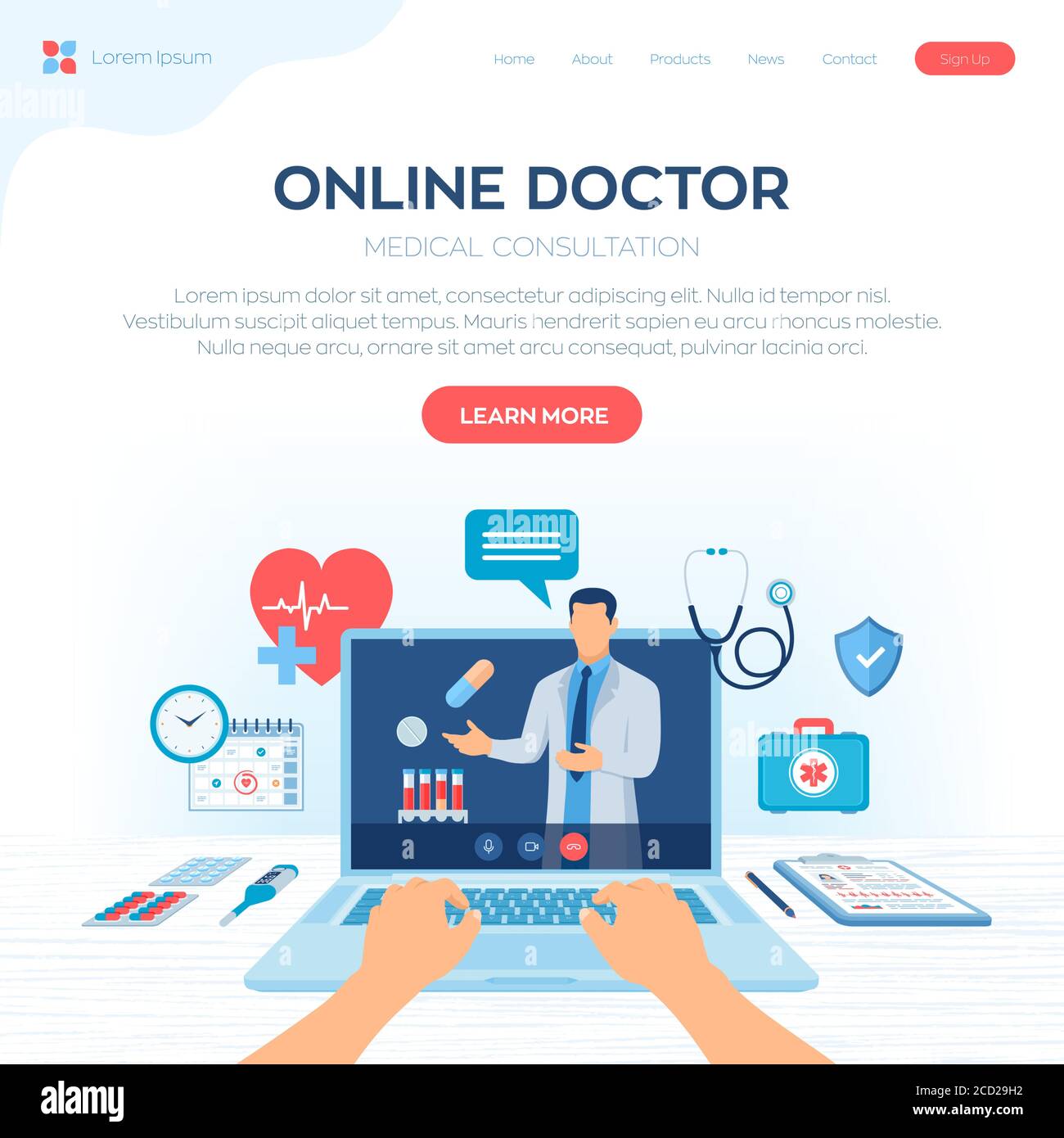Opening the Tricks of Subscription Based Healthcare for Better Patient Outcomes
Opening the Tricks of Subscription Based Healthcare for Better Patient Outcomes
Blog Article
Comprehending the Cost-Effectiveness of Subscription-Based Medical Care Versions
As the health care landscape advances, subscription-based models become an engaging alternative, guaranteeing to redefine just how individuals take care of medical costs. Reviewing these models' cost-effectiveness requires a nuanced contrast with traditional insurance policy, thinking about both economic effects and client fulfillment. While they supply transparency and predictability in costs, inquiries remain regarding their capability to fulfill varied medical care needs, especially for specialized therapies. The perspectives of doctor further complicate this equation, presenting a diverse difficulty. What does the future hold for these versions, and can they really provide on their promise of accessible, affordable care?
Introduction of Subscription-Based Designs
Subscription-based health care models, sometimes described as straight health care or concierge medicine, are significantly obtaining interest as a potential solution to inadequacies within standard medical care systems. These versions operate on the principle of offering people direct access to doctor through a month-to-month or yearly charge, bypassing the need for standard insurance coverage devices. This arrangement aims to simplify patient-provider communications by minimizing administrative burdens, which usually impede customized and timely care.
At the core of subscription-based versions is the emphasis on a much more individualized person experience. Patients gain from boosted accessibility to their physicians, usually including next-day or same-day appointments, prolonged consultation times, and direct interaction channels such as phone or video telephone calls. This model promotes a proactive technique to healthcare, where providers and individuals can collaboratively concentrate on preventative care and persistent illness administration.

Expense Contrast With Traditional Insurance Coverage

One of the primary financial advantages of subscription designs is openness in prices. People pay a foreseeable cost, which can streamline budgeting and economic preparation. Furthermore, these designs normally get rid of co-pays and deductibles for protected services, minimizing out-of-pocket costs. On the other hand, conventional insurance coverage may be much more advantageous for people calling for specialized care or costly treatments not covered under a subscription version, as they take advantage of the wider protection network and cost-sharing mechanisms.
Nonetheless, cost-effectiveness is context-dependent. While membership versions may supply cost savings for those largely needing medical care, people with chronic conditions or specialized healthcare needs might discover conventional insurance policy a lot more thorough. Assessing certain medical care requirements and prospective use is critical in establishing the most affordable choice for people.
Effect On Client Fulfillment
Person satisfaction within subscription-based health care designs usually reflects a considerable enhancement over typical insurance policy systems. This improvement is primarily credited to the personalized care and ease of access these designs provide. Clients often report higher fulfillment because of minimized delay times and the simplicity of scheduling visits. Unlike conventional systems, where clients may experience hold-ups in getting care, subscription-based models ensure more straight and prompt interactions with healthcare companies.
Moreover, the openness in costs related to subscription-based health care minimizes the common frustrations connected to unforeseen fees and intricate invoicing procedures seen in standard insurance (subscription based healthcare). People appreciate recognizing the precise economic commitment upfront, leading to increased count on and confidence in their health care management
Furthermore, the focus on precautionary treatment and wellness in membership designs adds to enhanced wellness outcomes, additionally enhancing individual satisfaction. By focusing on recurring health care rather than anecdotal care, individuals experience an even more holistic and constant health care trip.
In addition, the boosted provider-patient relationship promoted in these designs, identified by more time spent per client and tailored focus, plays an important function in boosting person fulfillment levels, as clients really feel genuinely taken care of and recognized.
Company Perspectives and Experiences
From the supplier's point of view, subscription-based health care models offer a transformative approach to supplying clinical solutions. These models stress a aggressive and preventative healthcare technique, permitting companies to concentrate on extensive individual treatment without the restraints of standard fee-for-service setups (subscription based healthcare). This change in emphasis often causes improved person results and boosted provider complete satisfaction, as medical care specialists can assign even more time and sources to person involvement and customized treatment plans
In addition, membership models facilitate foreseeable earnings streams, which improve monetary security for doctor. This predictability permits for enhanced source preparation and allotment, adding to a much more effective healthcare distribution system. Companies can purchase team infrastructure, technology, and training enhancements, thereby improving the quality imp source of treatment offered.
Nevertheless, the transition to subscription-based designs is not without obstacles. Suppliers should adjust to new functional structures, which can involve substantial changes in invoicing techniques and client monitoring systems. Additionally, there is a fundamental demand for robust data monitoring to track patient results and make certain quality care. In spite of these difficulties, many suppliers find that the advantages of increased individual communication and structured operations outweigh the preliminary difficulties, making subscription-based versions an attractive option.
Future Potential Customers and Difficulties

A key difficulty is regulatory conformity, as registration designs must stick to progressing healthcare policies and insurance needs. This requires continuous adjustment and development to ensure placement with legal criteria. Furthermore, integrating these designs into existing health care frameworks can be complicated, needing significant financial investments in technology and training.
There is additionally the potential threat of creating injustices in healthcare gain access to, as subscription designs might prefer those who can afford them, leaving at risk populations underserved. Resolving this requires thoughtful factor to consider of pricing methods and aid mechanisms to make certain inclusivity.
Conclusion
Subscription-based health care versions present a feasible choice to conventional insurance policy by offering monetary predictability and openness, particularly benefiting people with persistent conditions or regular medical care needs. The cost-effectiveness of these models rests upon specific medical care usage patterns and situations. While they might boost patient fulfillment and simplify budgeting, challenges remain in attending to specialized treatment needs. Future considerations include stabilizing detailed insurance coverage with affordability and integrating these models within the broader health care system for ideal results.
Subscription-based health care designs, in some cases referred to as direct primary click this site treatment or attendant medication, are progressively acquiring attention as a potential remedy to inadequacies within typical health care systems. Unlike conventional systems, where clients might experience hold-ups in getting care, subscription-based models make certain even more prompt and direct communications with medical care carriers.
These designs emphasize a proactive and preventative health care strategy, permitting suppliers to focus on thorough individual care without the restraints of standard fee-for-service setups. As these models proceed to acquire traction, they use the potential to revolutionize individual access to care, streamline solution shipment, and enhance health care investing.Subscription-based health care designs provide a viable option to traditional insurance coverage by offering monetary predictability and transparency, particularly profiting people with persistent problems or regular healthcare requirements.
Report this page